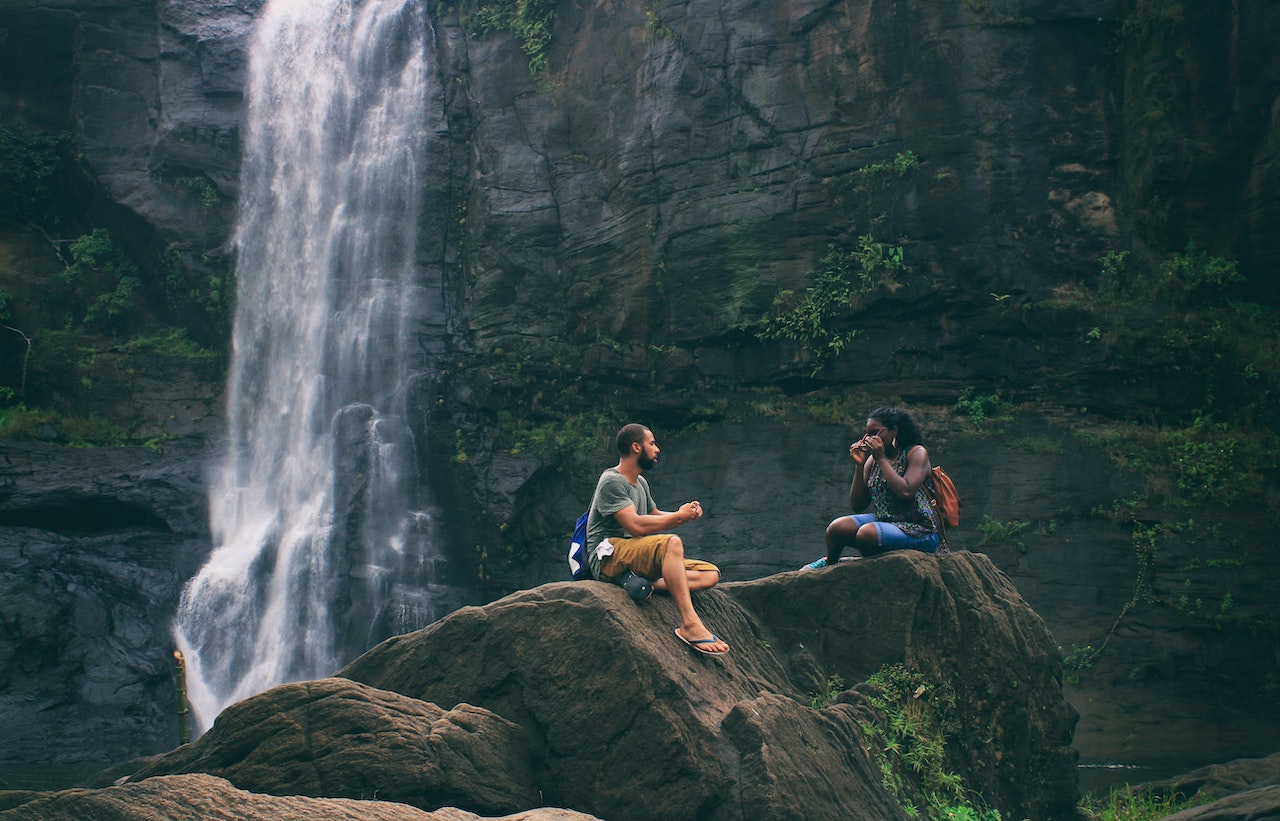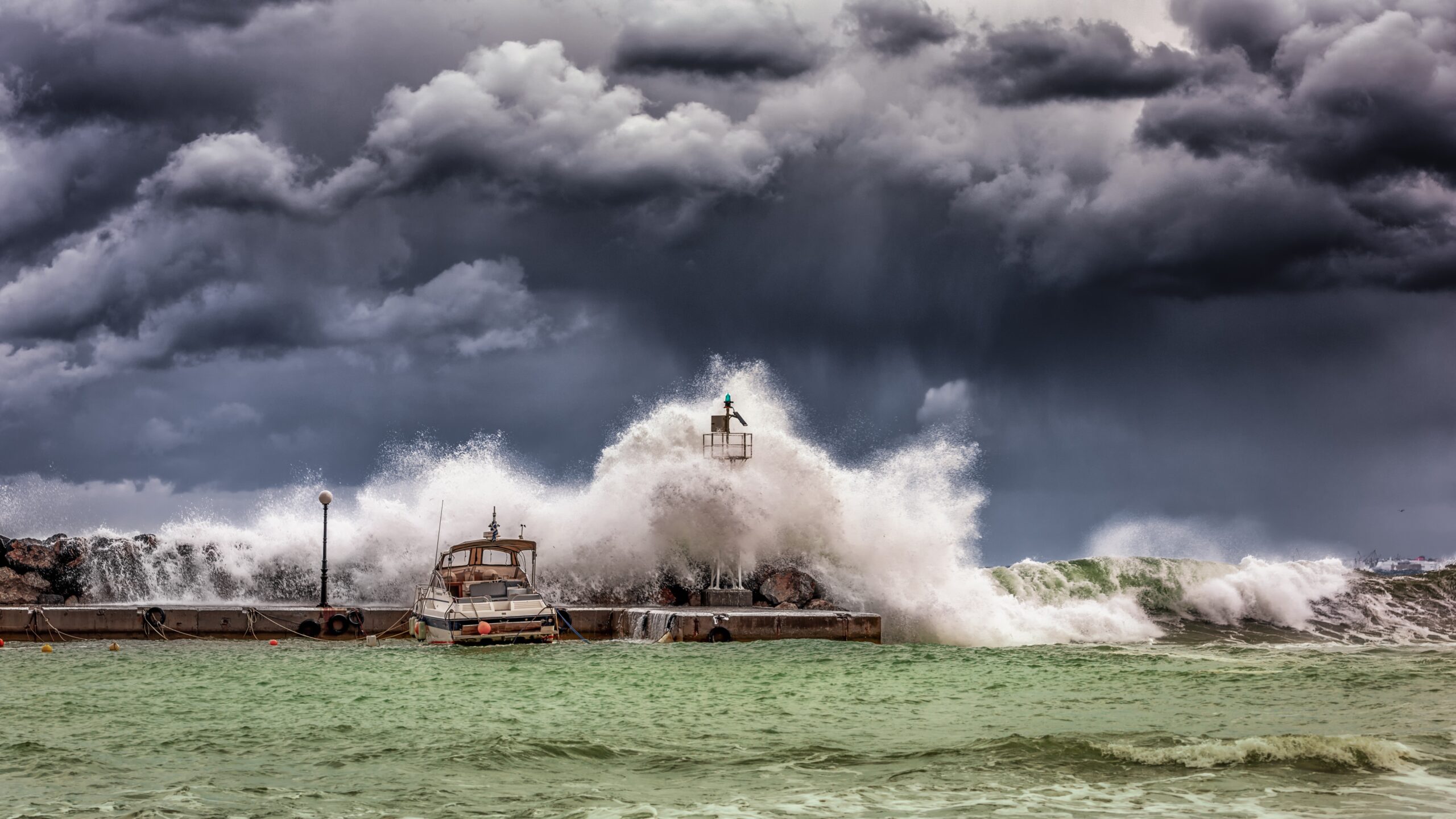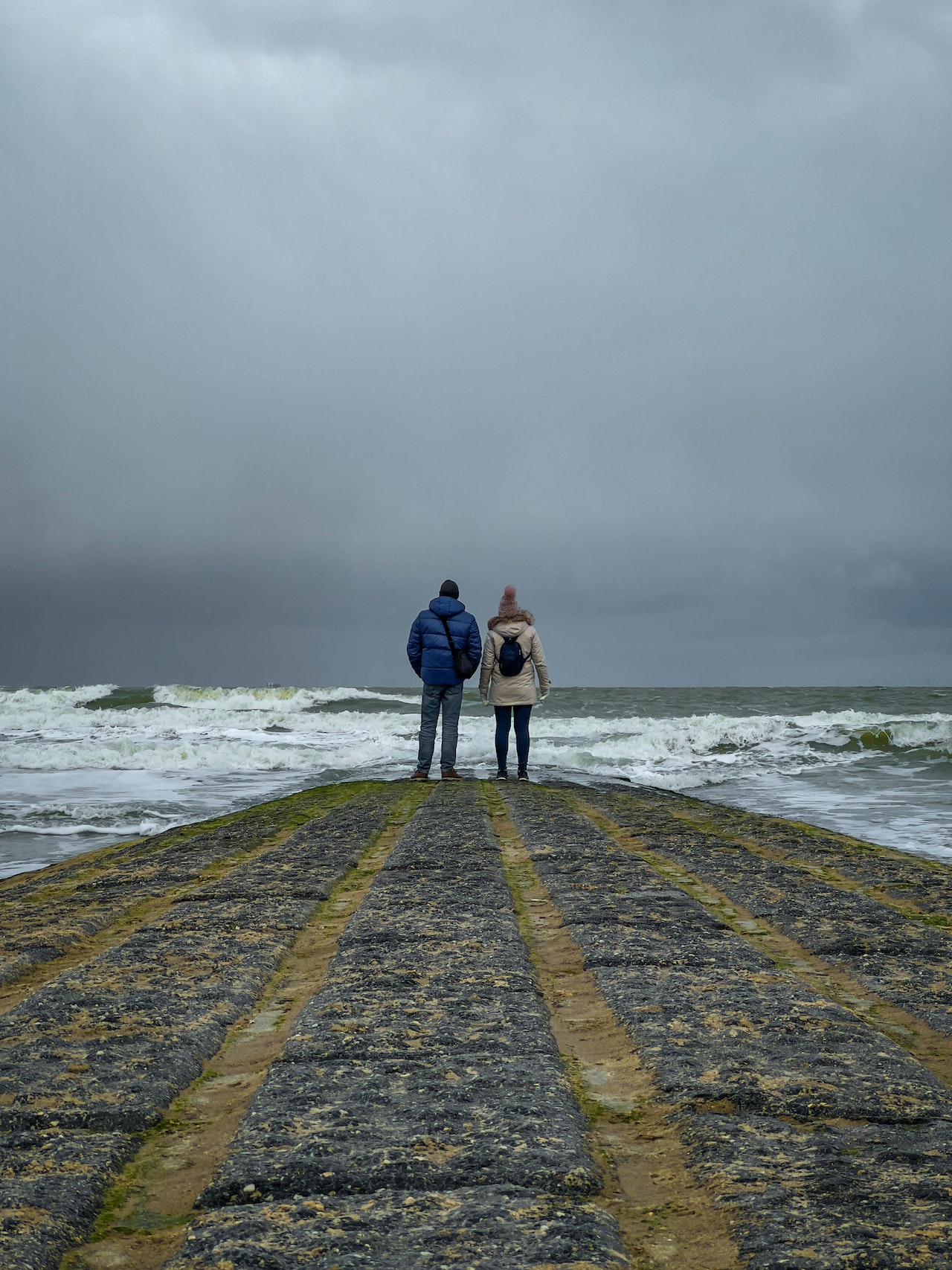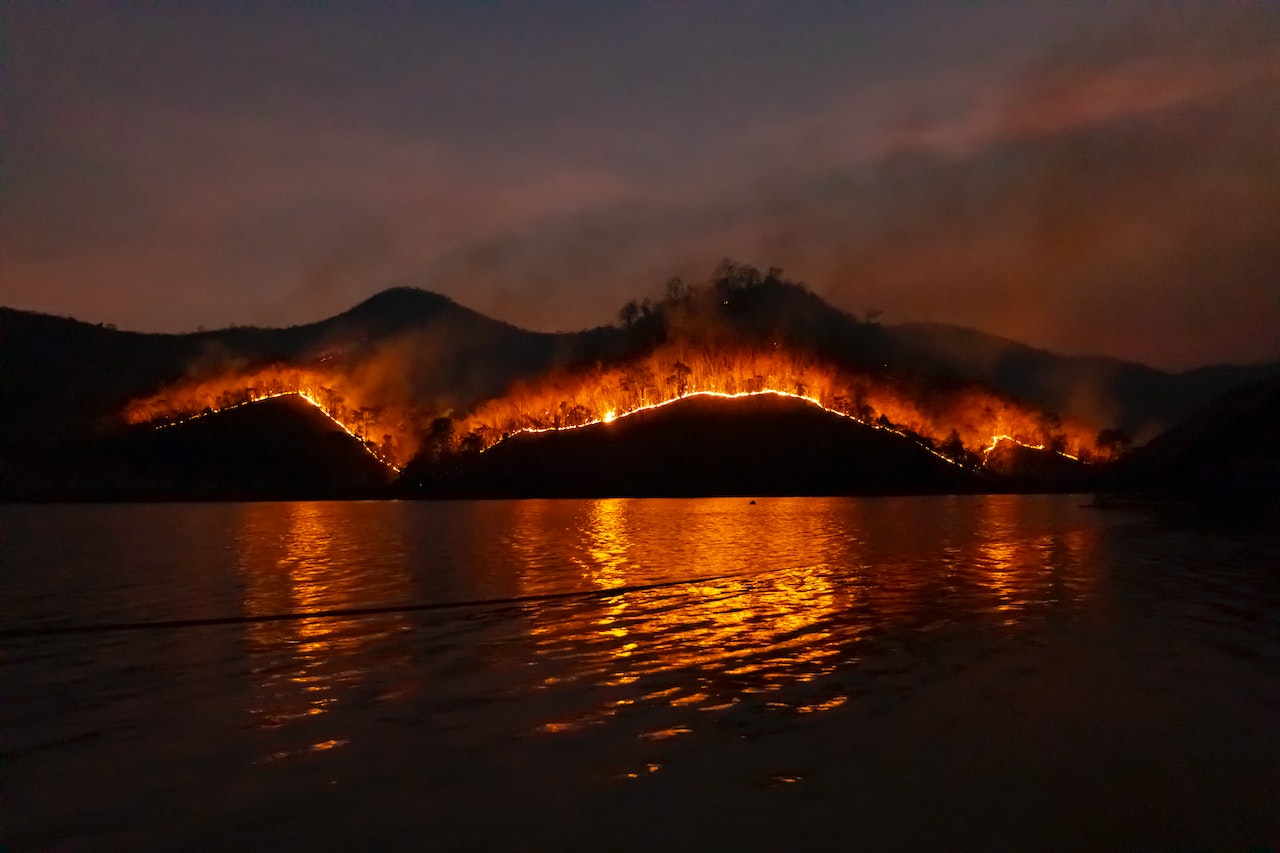Photo by: Nandhu Kumar Source: Pexels
In the quiet embrace of the wilderness, miles away from the hum of civilization, nature can be both rejuvenating and unpredictable. The thrill of the unknown is a part of the allure, but what happens when someone gets hurt? When you’re isolated from immediate professional medical care, knowledge of wilderness first aid is not just handy—it can be lifesaving.
In this comprehensive guide, we’ll explore essential wilderness first aid techniques, providing you with the tools to respond confidently and effectively to medical emergencies in remote locations.
Preparing a Wilderness First Aid Kit
Before stepping into the wild, prepare. A well-stocked first aid kit is a wilderness traveler’s best friend. Here’s what you need:
- Basic Supplies:
- Adhesive bandages (various sizes)
- Sterile gauze pads
- Adhesive tape
- Antiseptic wipes
- Tweezers
- Scissors
- Safety pins
- Medications:
- Pain relievers (e.g., ibuprofen)
- Antihistamines for allergic reactions
- Aspirin for heart attack symptoms
- Any personal prescriptions
- Specialized Items:
- Moleskin for blisters
- Burn cream
- Aloe vera gel
- Oral rehydration salts
- Insect repellent
- Sunscreen
- Tools and Equipment:
- Digital thermometer
- First aid manual or guidebook
- CPR face shield
- Instant cold packs
- Protection:
- Nitrile gloves
- Eye protection (e.g., goggles)
- A breathing barrier for resuscitation
Remember, adapt your kit based on the environment, the number of people, and the trip duration.
Triage: Assessing and Prioritizing Injuries
In an emergency, panic can set in. It’s crucial to quickly assess the situation, prioritize injuries, and stabilize the patient.
- Check for Safety: Before helping, ensure that you’re not in immediate danger. This might mean moving away from a cliff edge, or ensuring a snake has retreated.
- Assess Responsiveness: Check if the injured person is conscious. Gently tap or shake them and ask if they’re okay. If unresponsive, they might require CPR.
- Breathing and Circulation: Check their breathing. If they aren’t breathing, CPR may be necessary. If they’re bleeding heavily, address that immediately.
- Examine the Extent of Injuries: Look for multiple injuries. Some might be more hidden but more serious.
- Comfort and Calm: Keep them calm. Panic can exacerbate some conditions, especially shock.
Basic Treatments
Cuts and Scrapes:
- Clean the wound with clean water.
- Apply antiseptic.
- Dress with a bandage or gauze.
Fractures:
- Immobilize the fractured area using splints.
- If a bone has pierced the skin, do not push it back in. Cover it with a sterile dressing.
Burns:
- Hold the burned area under cool (not cold) running water until the pain eases.
- Protect the burn from further injury with a sterile non-stick bandage.
Bites and Stings:
- For insect stings, remove the stinger with the edge of a credit card.
- Wash the area and apply a cold pack.
- For snakebites, keep the person still and seek medical attention immediately.
Hypothermia:
- Get the person to shelter.
- Remove wet clothing and replace with warm, dry coats or blankets.
- Provide warm, non-alcoholic, non-caffeinated fluids.
Recognizing Symptoms of Serious Ailments
Dehydration:
- Symptoms: Thirst, dry mouth, dark yellow urine, fatigue.
- Treatment: Drink water, oral rehydration solutions.
Heatstroke:
- Symptoms: High body temperature, rapid pulse, nausea, flushed skin.
- Treatment: Move to shade, remove excess clothing, and cool the person down with whatever means available—damp cloths, fanning, etc.
Frostbite:
- Symptoms: Cold, pale, hard, and numb skin.
- Treatment: Warm the area gently, avoid rubbing, and seek medical attention.
Evacuation: When to Stay Put and When to Move an Injured Person
Making the decision to evacuate can be tough. Here’s a guideline:
Stay Put If:
- The injured person can’t move due to the severity of their injuries.
- Weather conditions are dangerous.
- It’s safer to send for help than to move.
Evacuate If:
- The person’s life is in danger and requires hospitalization.
- You’re able to signal for help or find a clear path to civilization.
Always use your best judgment. Sometimes, staying put and signaling for help is the best option.
Conclusion
The wilderness, with all its majesty, is unpredictable. Knowing wilderness first aid is an essential tool in ensuring not just the enjoyment of nature but also the safety of yourself and others. Equip yourself with knowledge, stay calm, make informed decisions, and nature will always be a welcoming place for adventure.



